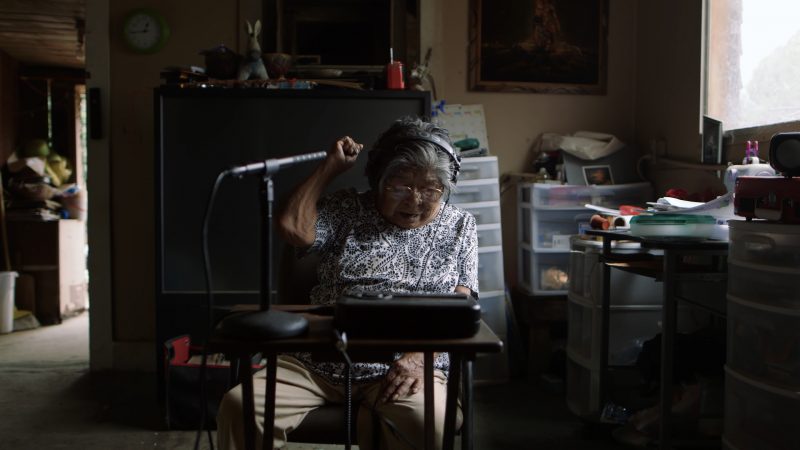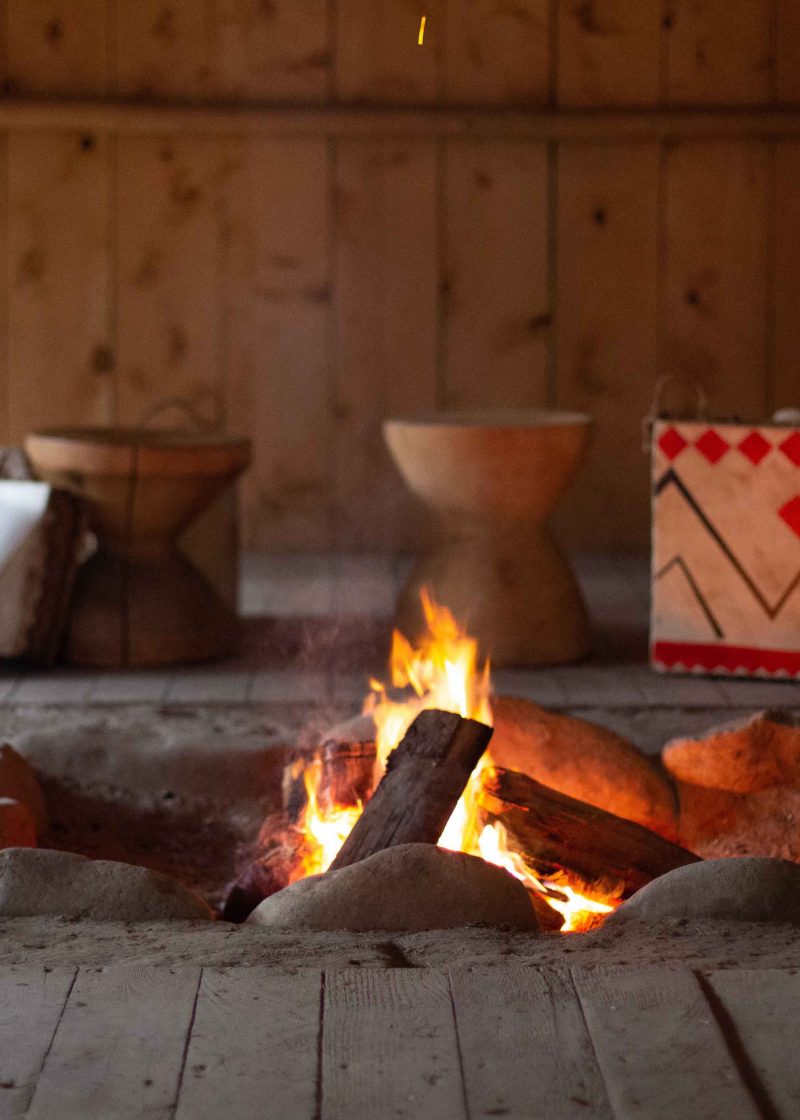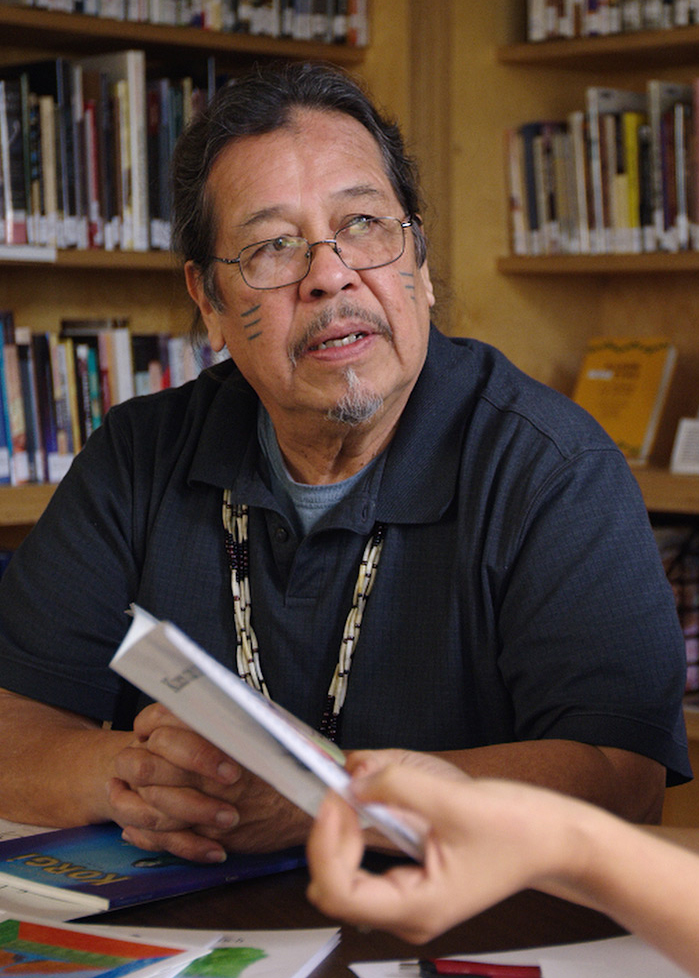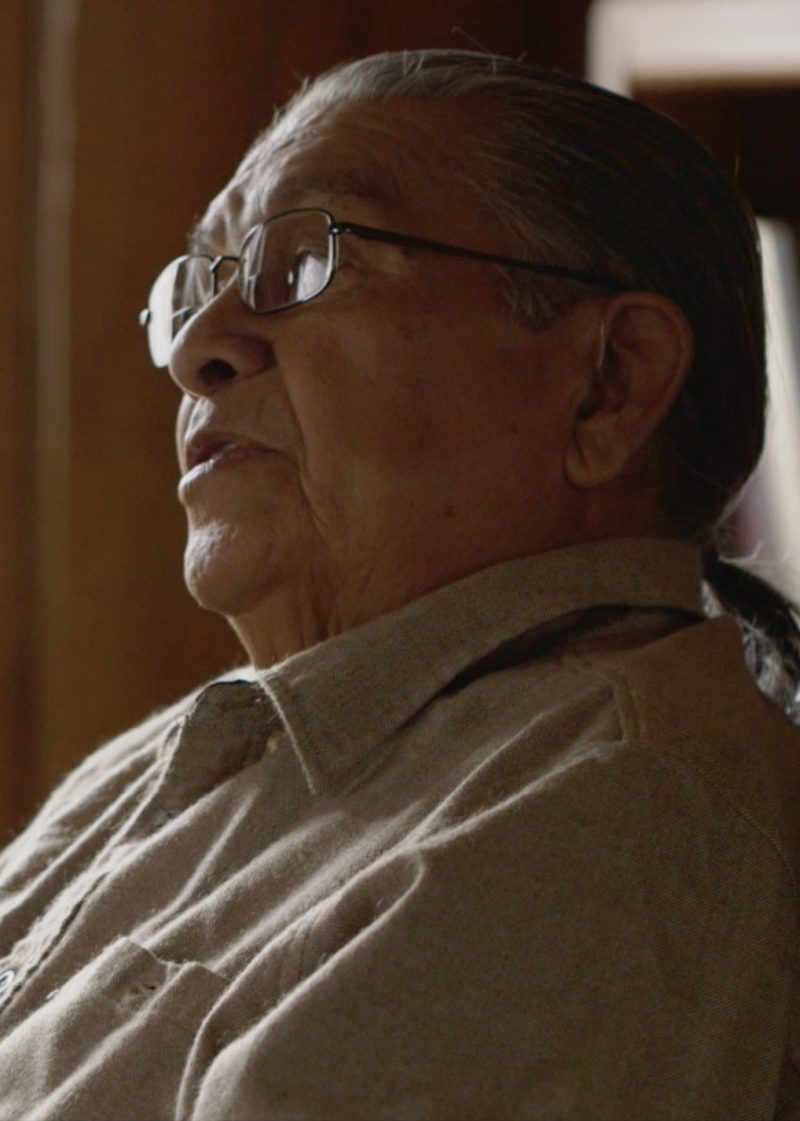
Language Keepers Podcast Series
an Emergence Magazine production
Adapted from our award-winning multimedia story, “Language Keepers,” this six-part podcast series explores the struggle for Indigenous language survival in California. Two centuries ago, as many as ninety languages and three hundred dialects were spoken in California; today, only half of these languages remain. In this series, we delve into the current state of four Indigenous languages which are among the most vulnerable in the world: Tolowa Dee-ni’, Karuk, Wukchumni, and Kawaiisu. Along this journey, we meet and learn from dedicated families and communities across the state who are working to revitalize their Native languages and cultures in order to pass them on to the next generation.

Colonizing California
In Episode One, we are introduced to the language revitalization efforts of the Tolowa Dee-ni’, Karuk, Wukchumni and Kawaiisu Indigenous communities. Through their experiences, we examine the colonizing histories that brought Indigenous languages to the brink of disappearance and the struggle for Indigenous cultural survival in America today.

Tolowa Dee-ni’
Episode Two brings us to the redwood forests of Northern California, home to Loren Bommelyn, the sole remaining fluent speaker of the Tolowa Dee-ni’ language. Tolowa, like other Indigenous languages, is interwoven with the ecosystem where it came into being and thus holds the traditional ecological knowledge of the Tolowa people. Along with many Native communities, the Bommelyn family is grappling with what is at stake—for their children, for their culture, and for the land itself—if they lose their language.

Karuk
Episode Three explores efforts to revitalize the Karuk language, which is deeply tied to the Klamath River in Northern California. Just as a river is dependent on an unobstructed flow to remain healthy, a language depends on healthy connections and transmissions between generations of speakers. Karuk language keepers Maymi Preston-Donahue, Phil Albers, and Julian Lang are working to fill generational gaps in the transmission of Karuk.

Wukchumni
Episode Four brings us to the home of Marie Wilcox—the last fluent speaker of the Wukchumni language and the creator of the only Wukchumni dictionary. Younger generations of language learners often rely on both fluent elders and physical resources: Marie’s dictionary has been an inspiration to four generations of her family and to Indigenous communities around the world.

Kawaiisu
For many Indigenous communities, the effort to document and learn from as many last speakers as possible is a race against time. In Episode Five we meet Julie Girado Turner, who, for nearly two decades, has been documenting and recording her father and aunt, the last fluent speakers of the Kawaiisu language.

The Power of Revitalization
To conclude the series, we explore the rapid rate of language loss occurring around the world and hear from speakers of endangered languages who are increasingly resisting predictions of extinction. We revisit the keepers of the Tolowa Dee-ni’, Karuk, Wukchumni, and Kawaiisu languages, who offer their thoughts, prayers, and hopes for the future of their languages and for the generations that will come after them.